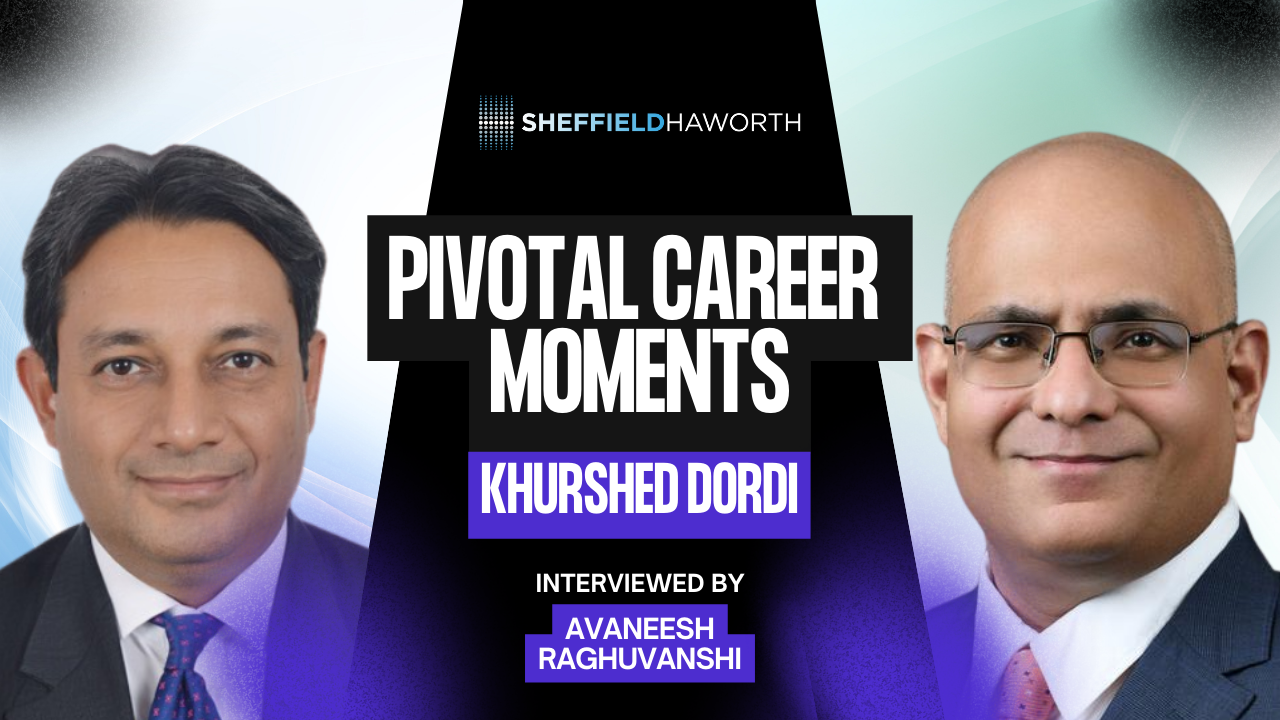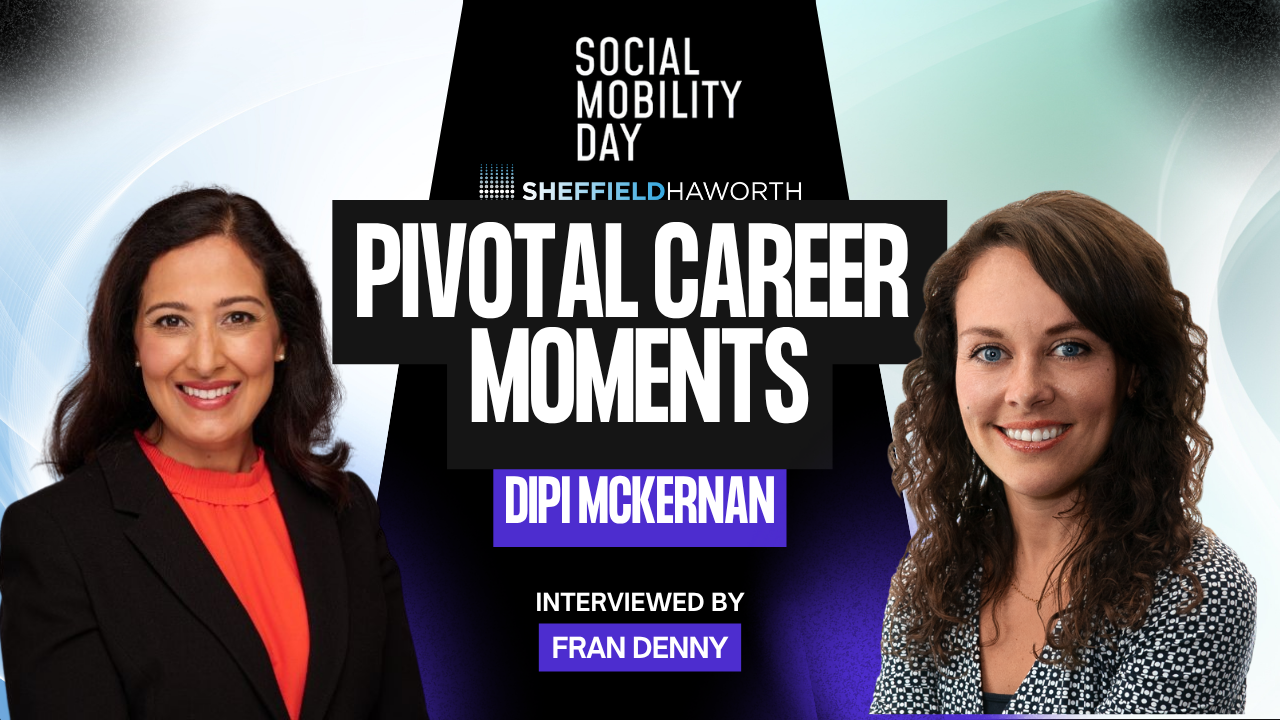Private equity (PE) investment is reaching record highs and prospective portfolio companies can afford to become more selective about who they accept as investors. As a result, the question of how PE funds intend to add value is top of mind for both private equity and portfolio firms.
From our perspective, there is a key element to valuing a company that should be a routine part of due diligence for PE funds but which, in practice, is often forgotten about entirely. It’s an element that can make a huge difference to a growth company’s performance – both good and bad.
Would you send your child to a school that made them miserable?
Let’s use an analogy to show what we mean. Often, when selecting a school for their children, parents will look purely at the academic results, seeking exam ‘factories’ that churn out grade As. But great results alone do not make a great school. When Roderic was a young student, one of his teachers told him that the way to get a feel for a good school is to walk around and see how many of the students are smiling or looking like they want to be there.
In fact, Tim and his wife recently went through the process of selecting a school. According to Tim, they didn’t look at the academic records of the schools at all. Instead, one of their main criteria was how many of the children they passed when walking around the school took the time to say hello or interact with them in some way.
This is a very useful analogy, because it helps to make the point clear by changing the context. Would you choose a school for your child if the results were fantastic but they felt miserable every day?
Why did Peter Thiel invest $150m in Airbnb?
To clarify further, let’s return to the world of private equity. Back in 2014, Airbnb CEO and co-founder Brian Chesky published the letter he’d sent to employees after they’d closed their series C funding round with billionaire Silicon Valley super investor Peter Thiel – the PayPal co-founder and first outside investor in Facebook.
Chesky related how he had asked Thiel for his single most important piece of advice. Thiel’s response?
“Don’t f**k up the culture.”
Thiel went on to the explain that the culture was one of the reasons he had invested in the company. From our experience of working with private equity investors, this attitude of Thiel’s is rare.
Culture is undervalued, if not outright ignored
Not long ago, Tim asked a private equity investor whether he had ever sold a portfolio company using its culture as a value multiplier. The answer was no. Had he ever invested in a company based on its culture? Again, the answer was no.
When PE investors look at the value of a company, they look at the P&L, the balance sheet, liquid assets, intellectual property, manufacturing capability, processes. They’ll even look at software systems, brand equity, or reach – almost anything but culture. But if Peter Thiel – one of the most successful entrepreneurial investors in history – uses culture as an indicator of value, we can’t help but feel that others are missing a trick.
There is a huge amount of risk in buying a stake in a company, only to find that the culture is toxic and the talent keeps on leaving. Or to find that the management team can’t collaborate effectively. Or any one of dozens of very common culture problems that rapid revenue growth can only cover up for so long before the pressure takes its toll and the wheels begin to fall off.
How are you going to add value?
Let’s return to Tim’s experience choosing a school. During the process, one of the headmasters he spoke to had a great perspective on what makes a good school. Pointing to the average development curve of the average child, the headmaster said, “our job is to ensure that they come out above that line. We provide the delta between the standard development curve and where we want them to get to. That’s how we add value and what you’re paying for.”
Once again, we can see a close parallel with private equity. At a time when prospective portfolio companies can afford to be selective about who they choose to invest in them, the onus is often on PE funds to prove where they add value beyond what the company could achieve either on its own, or by working with a different fund.
Guiding a company’s culture is one very powerful value-add. Especially now that the average PE holding period has increased to 5.4 years from 3.8 years over the last decade. Three years may not be long enough to have an impact on a portfolio company’s culture, but five-and-a-half years is.
It is a truism in investing – from interviews with thought leaders in the space, to the way prospective portfolio firms are trained to pitch for investment, to Dragon’s Den – that, at heart, investors are really looking to back people they believe can execute. And while revenue numbers, a growing market, a great idea, and some charisma can all go a long way, a business’ culture is one of the surest value signals of all. Investors neglect this at their peril.
















